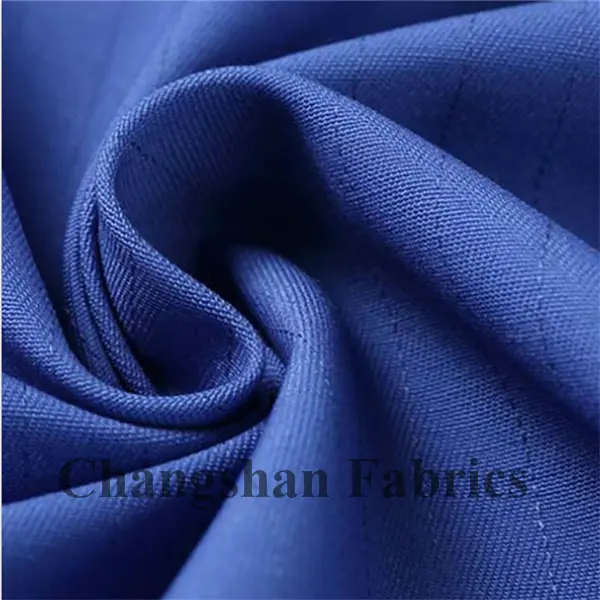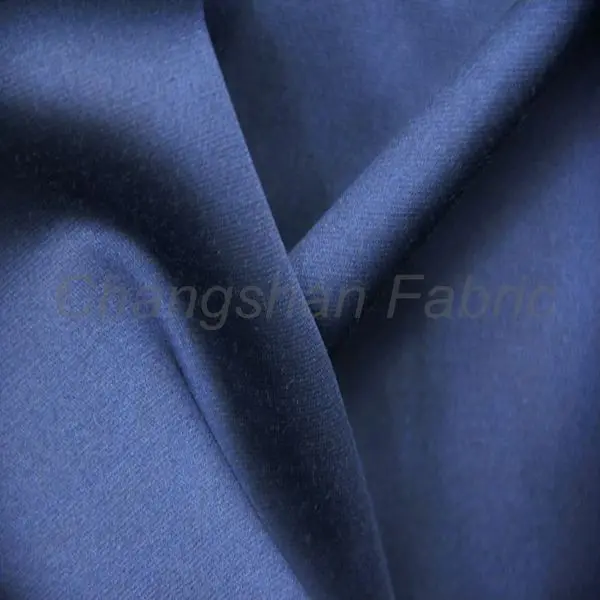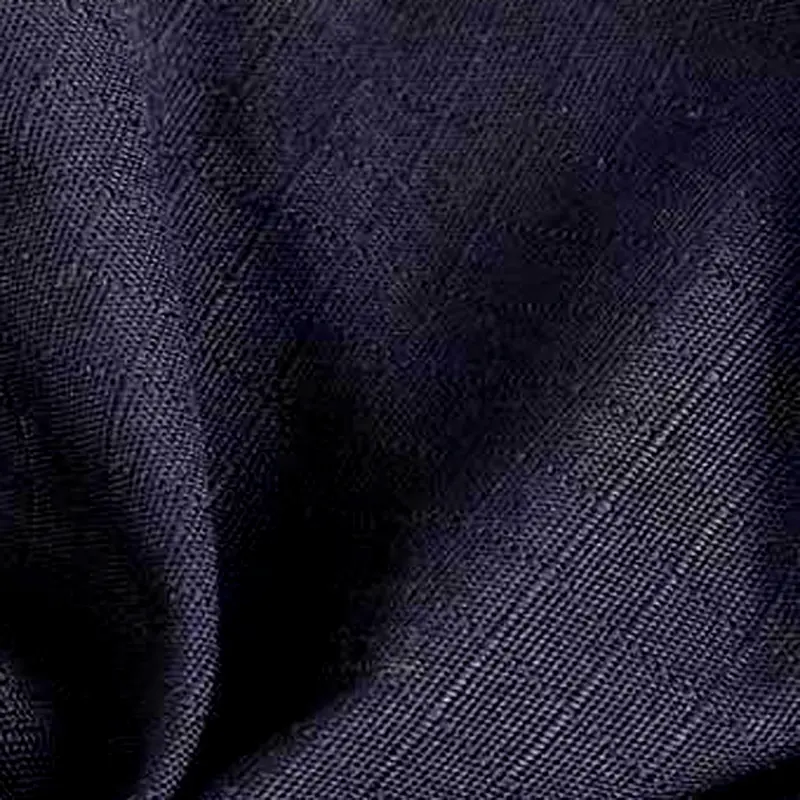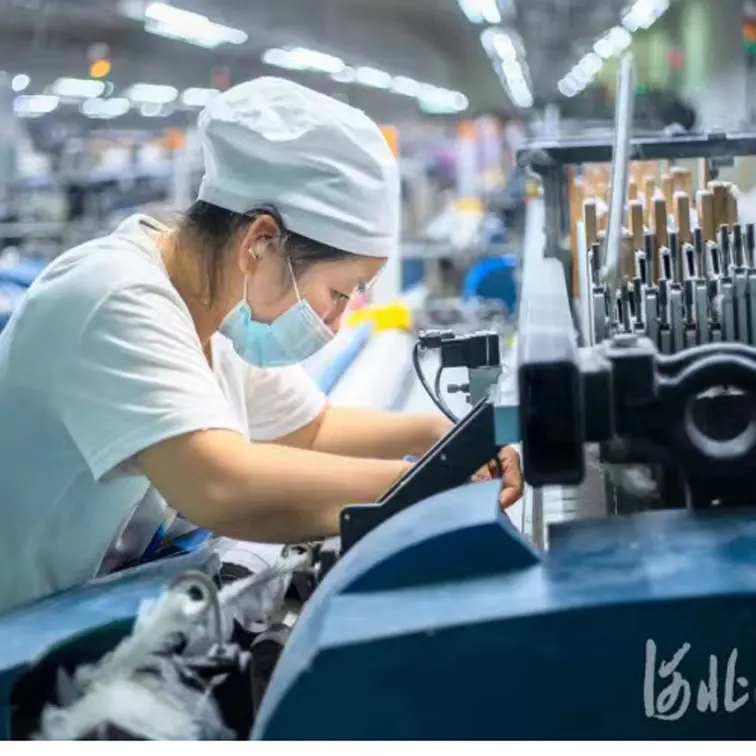Explanation 1: “Light up”
Generally speaking, the phenomenon of “lighting up” refers to the phenomenon of “homochromatic metamerism”:
Two color samples (one standard and one comparison sample) appear to be of equal color (no color difference or small color difference) under one light source (such as D65), while they exhibit significant color difference under another light source (such as A), which is called the “homochromatic metamerism” phenomenon
For this situation, we can describe it as’ lighting up '. That is to say, whether the sample can be matched with the standard sample for color matching depends on selecting a specific light source.
The fundamental reason is that the two samples have different reflections of light (reflection spectrum curves or visible band reflectivity), so it is called “Metamerism”.
The reasons for the “abnormal spectrum” include:
A. D'Zesummesetzung vun de Pigmenter, déi fir d'Färbung benotzt ginn, ass anescht;
B, Verschidde Veraarbechtungsmethoden, etc.
Explanation 2: “Jumping lights”
In fact, when we talk about “Tao light” in daily life, besides the above meaning, there is another layer of meaning:
It refers to the situation where a single color sample undergoes dramatic color changes under different light sources. At this point, it can be described by “jumping the light”.
So, “jumping the light” can also be said to be a sample.
Zum Beispill géif de Faarfingenieur bei der CIBA soen, wann hien de Faarfstoff CIBA DEEP RED recommandéiert: Dëse Faarfstoff sprängt net rout ënner dem Liicht A.
(Den Auteur versteet seng Bedeitung, datt obwuel eng Liichtquell eng grouss Quantitéit u roudem a gielem Liicht enthält, de Faarfstoff CIBA DEEP RED sech net vill méi rout ufillt wéi ënner enger D65 Liichtquell.)
Zäitpunkt vun der Verëffentlechung: 10. Mee 2023 00:00 Auer



















 Hautfrëndlech
Hautfrëndlech Villsäiteg
Villsäiteg Haltbar
Haltbar Verséchert
Verséchert
